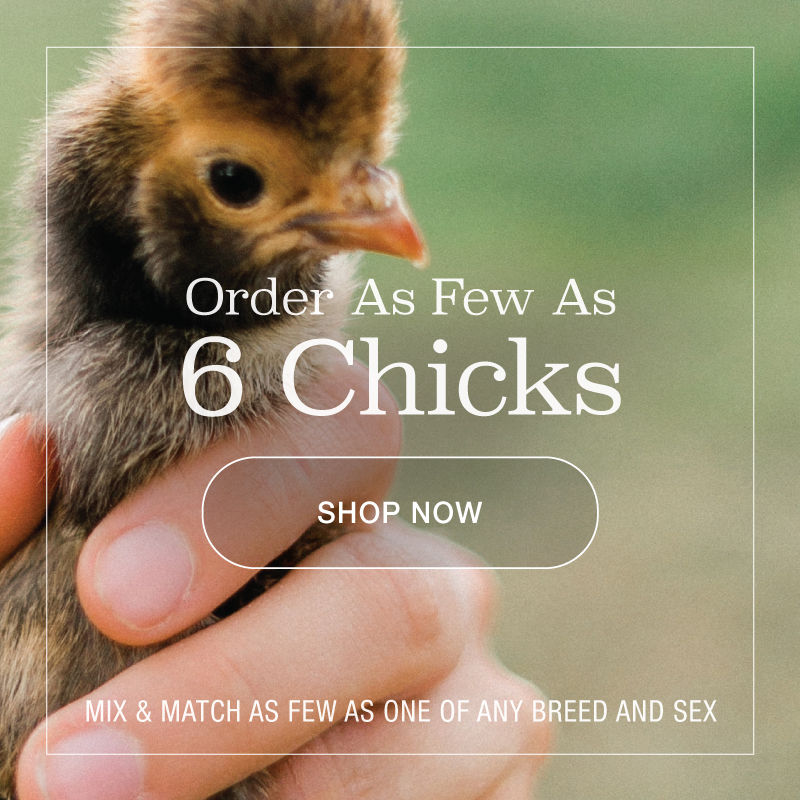Shatter resistant or safety coated light bulbs are a potential source for toxic fumes that can be dangerous to your chickens and other poultry. There are a number of shatter resistant light bulbs on the market today. These include heat lamp bulbs, work lamp bulbs, and appliance bulbs. These bulbs have or may have a coating made of polytetrafluoroethylene (PTFE) which makes them shatter resistant.
When these bulbs are used, they heat up, and if the glass wall of the bulb becomes hot enough the coating can release toxic fumes. Birds (such as chickens or other poultry) are very sensitive to airborne toxins and can die from the exposure to such fumes. This can happen quickly.
We were recently contacted by a small flock owner whom this happened to. She went out to her chicken coop to find all of her chickens dead. The cause? She had recently purchased a shatter resistant light bulb and used it in her chicken coop. The bulb’s packaging contained no information on the potential dangers and did not tell the composition of the shatterproof coating. The deeply saddened flock owner had her chickens examined by the University of New Hampshire Cooperative Extension Service’s Veterinarian, a pathological specialist. The veterinarian examined the chickens, and could find no disease. The only thing that had changed in the management of the chickens was the installation of this light bulb. The veterinarian researched the light bulb and found that it has a PTFE coating. The conclusion was that the coating heated up during the use of the bulb, and in the enclosed coop produced high enough concentrations of toxic fumes to kill the chickens.
Something similar occurred on a larger scale in 1999 in a poultry research facility in Missouri, where many birds in a 2400 bird broiler flock died over the course of several days. According to clinical results, the death of the broiler chickens was due to exposure to noxious gas. No change had been made to the management of the birds other than the installation of 48 PTFE-coated heat lamp bulbs.
PTFE is a synthetic polymer that was developed in 1938. Besides the coating in shatter resistant light bulbs, it is used in a number of other household products, some of which include portable heaters, irons and ironing board covers, hair curling irons, stain resistant coatings on carpet, stove top burners, drip pans, self-cleaning ovens, non-stick cooking pans, slow cookers, waffle makers, bread makers, and tortilla presses. Not all such products contain PTFE, but some do. PTFE is also associated with the brand names Teflon®, Rulon®, Chemfluor®, and possibly others.
PTFE is relatively stable and chemical and heat resistant at room temperature, but at high temperature it can release toxic fumes. These fumes can be dangerous to humans, causing flu-like symptoms, but are even more harmful to birds because of their small size, efficient lungs, and high metabolic rate.
We do not recommend using shatter proof bulbs or any products containing PTFE in your chicken coops or in brooders for baby chicks. If you have any doubts as to the safety of a particular product, please research it as thoroughly as possible before using it with your poultry. The heat lamp bulbs that we carry on our website and in our catalog are free of PTFE and are safe to use with your poultry.
Other types of fumes that can also be harmful or fatal to chickens or other birds include include aerosols, fumes from paint, paint thinners, gasoline, certain glues, or other heated plastics, tobacco smoke, carbon monoxide, pesticides (such as foggers or bug bombs), and moth balls.
Further Reading:
- Wikipedia article on polytetrafluoroethylene
- Article about PTFE intoxification
- How to Avoid the Dangers of Non-Stick Coatings
- Polytetraflouroethylene Gas Intoxication in Broiler Chickens
- Section about PTFE in the book Veterinary Toxicology
- Wikipedia article about incandescent light bulbs



Thanks for the info. I have a small wire light bulb size/shape cage (?) that I will put over the light bulb so the chickens can’t peck it and break it. For those of you that have a breakage problem, maybe you can bend some chicken wire around to make a cage for your bulb.
Good warnings against using teflon-anything! I’ve raised many lambs, piglets, goats, etc. in the kitchen, but I’m thinking the only way a chicken will be in my kitchen will be in a pan, but you never know, I just got my chicks on Monday ;) I use only cast iron, it’s the healthiest way to cook :)
Because birds have extremely sensitive respiratory systems, bird owners must take precautions to protect them. Cooking fumes, smoke and odors that have little or no effect on people can seriously sicken and even kill birds, often quite quickly. Cooking fumes from any type of unattended or overheated cookware, not just non-stick, can damage a bird’s lungs with alarming speed. This is why bird owners should take steps to protect their pets, such as keeping their birds out of the kitchen, never leaving cookware unattended, never allowing pots and pans to overheat, and making sure that their kitchen is properly ventilated at all times.
In terms of Polymer Fume Fever… Over the past 40 years, there have been only a few reported accounts of polymer fume fever as a result of severely overheating non-stick cookware. It should be noted that butter, fats, and cooking oils will begin to smoke at approximately 400°F (204°C), producing fumes that can irritate eyes, nose, and throat and possibly cause respiratory distress. DuPont non-stick coatings will not begin to deteriorate in appearance or performance until the temperature of the cookware reaches about 500°F.
Regulatory agencies, consumer groups and health associations all have taken a close look at Teflon. This article highlights what they found — the bottom line is that you can use Teflon without worry.
http://www.consumerreports.org/cro/home-garden/kitchen/cookware-bakeware-cutlery/nonstick-pans-6-07/overview/0607_pans_ov_1.htmThanks for the warning. Oven cleaner is also lethal to birds. I put my parakeets in the bed room then cleaned the oven and they keeled over anyway in less than an hour.
In response to the person asking about the light burning out. The filament in the bulb gets extremely hot and becomes extremely fragile while on. Something as simple as unplugging the lamp creates just enough movement to sometimes break the filament. It has happened to me on several occasions. I finally started buying the more expensive lights and have found I get more life out of them. Not sure if my theory is absolutely correct, just my 2 cents worth.
Thank you for the information! We recently added lights to our chicken coop. Thank goodness they’re just the regular lights. Glad we didn’t try to get creative and do something different, now! Our chickens are doing great and producing as we expect.
Again, thank you so much for the information! So much to learn and this is such a great place to do so!
Why do the heat lamp bulbs burn out after they have been unplugged, cooled then plugged back in? Every heat lamp bulb that I have purchased over the past few years has done this. After it has been unplugged for a couple of days and is turned on, the inside of the bulb fills with swirling smoke and no light. Does anyone have an answer to this?
In answer to Gretchen Wiese about burning bulbs, the filaments burning up is caused buy moisture on the bulb when lit. The spot that has moisture will crack and a leak air into the bulb and all you see is a puff of smoke, and the filament burns up.
Thank you for alerting us to the danger from shatter proof bulbs. It was just in time because I had been planning to look for a shatter proof bulb after I accidentlly bumped into the bulb I was using and it shattered and I had to hurridly pick up all the tiny pieces before my pet chickens ate them! They were attracted to the shiny pieces!
Now I will keep using the regular bulbs and be more careful not to break them.
Thanks for the great information regarding toxicity of shatter proof bulbs. They are tempting, given how many bulbs my birds break. You have probably saved many lives by making this information available. Thanks so much.
Very interesting. Thank you. Do you know if anti-freeze emits any fumes that are dangerous to chickens? I have a rodent trap in the coop (not accessible to the flock) that utilizes anti-freeze.
I had a rodent, weasel, skunk, and raccoon problem. Instead of using traps or chemicals, I have Muscovy ducks now, they were raised with the chickens. I do a lot more cleaning but it’s worth it and I don’t have a problem any more.
PTFE has long been the cause of deaths in pet birds. Anyone who owns a pet bird should not use any teflon coated cook ware. Many unexplained deaths of parrots and other pet birds could be traced back to PTFE